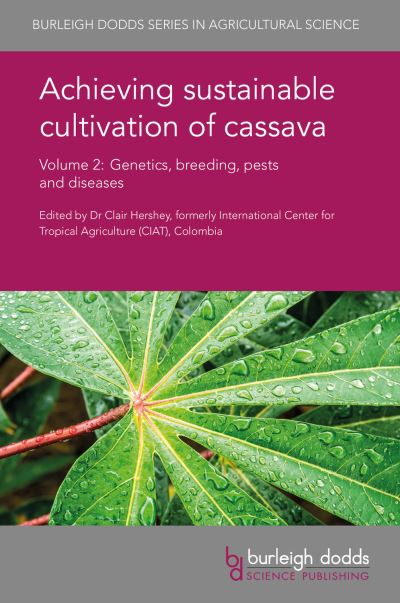
Originating in South America, cassava is grown in over 100 countries around the world. It is the third most important source of calories in the tropics after rice and maize. Its caloric value, as well as its ability to tolerate dry conditions and poor soils, makes it a key food security crop in developing countries. As demand for food grows, there is an urgent need to increase yields in the face of such challenges as climate change, threats from pests and diseases and the need to make cultivation more resource-efficient and sustainable.Drawing on an international range of expertise, this collection focuses on ways of improving the cultivation of cassava at each step in the value chain, from breeding to post-harvest storage. Volume 2 starts by reviewing genetic resources, advances in breeding and their application to produce varieties with desirable traits such as higher yield. It then goes on to review developments in understanding and managing pests and diseases.Achieving sustainable cultivation of cassava Volume 2: Genetic resources, breeding, pests and diseases will be a standard reference for agricultural scientists in universities, government and other research centres and companies involved in improving cassava cultivation. It is accompanied by Volume 1 which reviews cultivation techniques.
| ISBN: | 9781786760043 |
| Publication date: | 31st August 2017 |
| Author: | Dr Clair H Hershey, Dr Virgilio Gavicho Uarrota, Deivid L V Stefen, Clovis Arruda de Souza, Cileide Maria Medeiros Coelho, Rodolfo Moresco, Marcelo Maraschin, Fernando David SánchezMora, Eduardo da Co |
| Publisher: | Burleigh Dodds Science Publishing |
| Format: | Hardback |
| Pagination: | 322 pages |
| Series: | Burleigh Dodds Series in Agricultural Science |
| Genres: |
Tropical agriculture Irrigation and water management Sustainable agriculture Organic farming Pest control / plant diseases Botany and plant sciences |